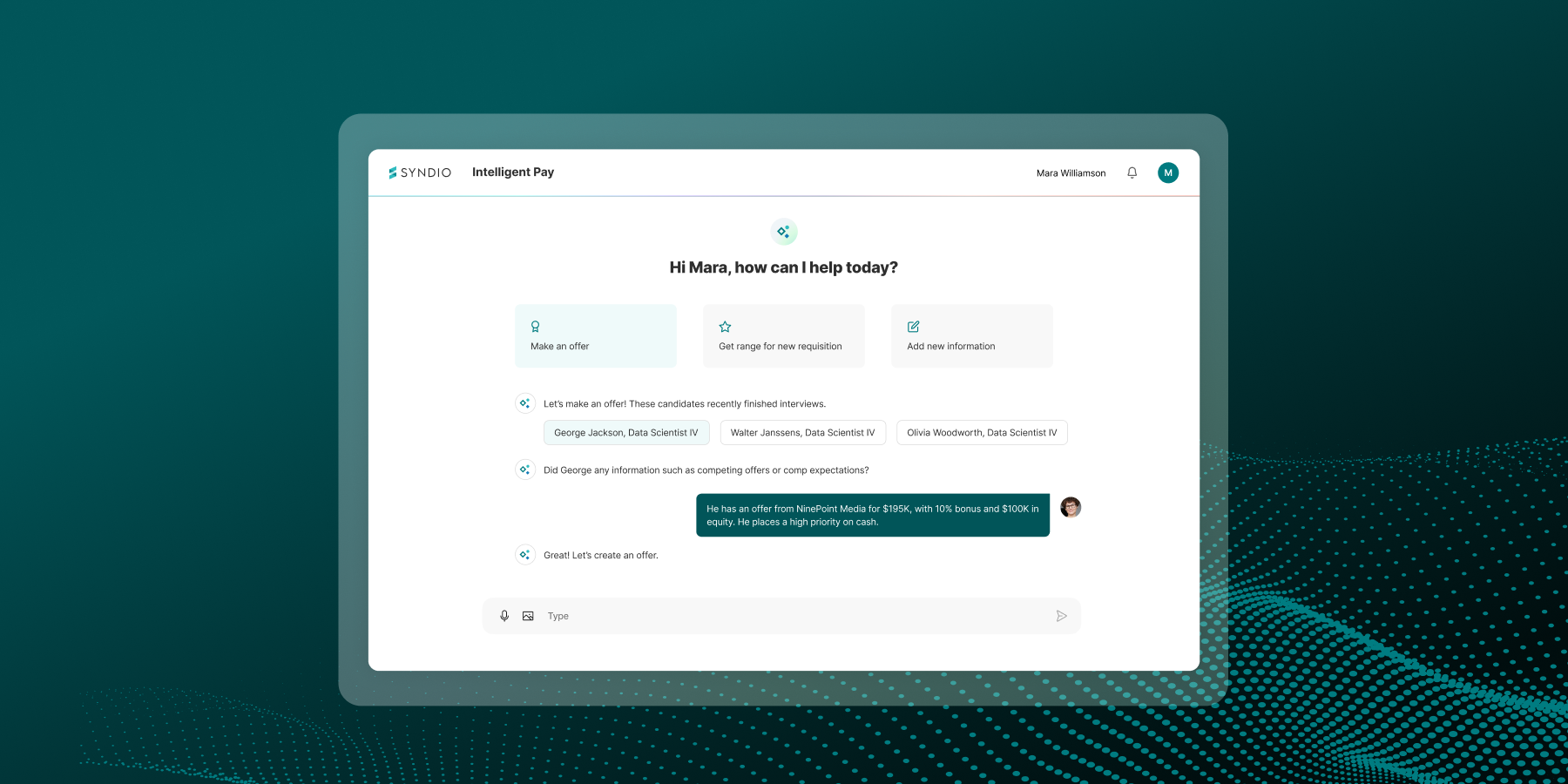Understanding the median pay gap isn’t solely a compensation, compliance, or legal issue. It’s a wholesale overhaul of equity in the workplace and a major comms challenge. Communications leaders are in the hot seat to not only deliver data, but also shape how information is shared. And while they see what’s coming, many are looking for a playbook to best tackle it.
That’s the message that came through loud and clear in Syndio’s recent roundtable discussions, where we met with communicators from some of California’s leading companies to talk about pay transparency bills currently making their way through the California legislature (Senate Bill 1162 and Assembly Bill 2095.) If either bill is passed, it will create a brand new world for U.S. employers — one where the median pay gap is front and center. SB 1162 would also add California to the list of jurisdictions requiring that employers tell the world how much their jobs pay by including salary ranges in all job postings.
In a world increasingly defined by rigorous pay transparency, effective communications can make or break your brand. And whether you’re navigating stricter pay disclosure laws in California, New York, Washington, or any state in between, the sooner you get started, the better off you’ll be.
To help you prepare, we partnered with Teresa Brewer, who’s led communications for some of the world’s most influential and disruptive brands, including Apple, Sony, and Roblox. Here we offer some guidance for your communications strategy.
5 tips for effective comms in the era of pay transparency
As business leaders navigate pay transparency, comms professionals are more than just messengers: we influence how organizations think about workplace equity. With employee activism, social media, and the news moving markets and breaking brands, we have valuable insight into the (often unintended) consequences of business decisions — and can help influence them before impact.
The key is to start from a place of trust with your CEO — it’s a comms professional’s job to help the company show up as the best, authentic version of itself. That includes identifying areas where they or the company don’t look good. Nobody likes to hear about their weaknesses, but it’s particularly dangerous if they feel attacked. Difficult truths will not be received well if there isn’t trust — and a plan.
Here’s how to get going in the right direction to be an influential comms leader around the median pay gap for your company.
1. Get the facts.
While others in your organization may be aware of the bills, there’s a good chance you’ll be the first one to articulate what’s required from a communications perspective. So be sure you’ve done your research. (This post is a good primer on the SB 1162 and AB 2095 legislation, and you can also check out this U.S. pay transparency legislation cheat sheet.)
If you don’t know how your organization measures up on its pay gap — or any workplace equity issue — open the lines of communication with your Chief People Officer, General Counsel, and Chief Financial Officer, and start asking questions. While these stakeholders may be hesitant to disclose, it’s not optional. Knowing the facts is vital to shaping the narrative.
Make sure the information you’re gathering is accurate. Companies are increasingly turning to technology to understand where they stand on pay and opportunity equity at all times. This puts them in a better position to monitor, share progress, and respond with confidence and clarity.
2. Prioritize internal comms.
When you’re thinking about a communications strategy, put your internal audience — your employees — first. After all, so much of how your message lands externally will be shaped internally.
Link arms with your people leaders as they hold the institutional knowledge about how your employees feel about pay equity. Has your employer conducted an inclusion and belonging survey? Given the focus on the median pay gap and the need to build equitable, diverse teams, is there a clear understanding of criteria for promotion and a support system for employees (i.e., coaching, training, etc.)? What else is bubbling up from employees, and especially employee resource groups (ERGs)?
3. Set the right tone.
This is a big one, and one that’s easy to get wrong. When working with your CEO and key stakeholders, it’s important to coach them on setting an appropriate tone — one focused on accountability and action.
Whether your company’s situation is good, fair, or bad (everyone has a pay gap), there is always room for improvement. Now is not the time for self-accolades, grandstanding, or defensiveness. Think about that one employee who asks the tough questions at the company all-hands; how will they respond to your message? Nobody wants to hear your action plan if you’re unable to own how and why you’re in need of one in the first place! Even if you’re just arriving at the starting point, being transparent and humble now will serve you at every stage from here on out.
4. Listen to understand, and validate.
Creating a safe place for your employees to respond to your message is equally as critical as its tone. This can’t be a message delivered in a vacuum and digested without an opportunity for your employees to react. Make sure you create a safe place for employees to share their thoughts — if they don’t feel like they can raise their concerns or complaints internally, it’s easy to take to social media. Consider listening sessions, surveys, and “ask me anything” meet-ups with the leadership team.
Giving your employees the space to react is just part of the dialogue — your team then needs to respond. Prepare your executives and people managers with professional communication coaching so they have a set of tools and strategies to handle tough conversations. The act of listening and validating is no small task; equip your spokespeople with the skills they need to effectively handle these interactions.
5. Define next steps, then follow through.
The mere act of disclosing something that’s not perfect can engender so much goodwill. When communicating next steps, be as concrete as possible: What do you know? What do you not know? What did you hear? (Back to that listening component!). What is the company committed to? Even if you don’t have the answers, commit to finding them in a certain timeframe, or to getting the data you need to take the next steps.
And then, most importantly, follow through. Keep the conversation going as it’s much better to proactively share your progress, and sometimes even some of the challenges, rather than waiting to be asked.
To learn more about creating an effective workplace equity comms strategy, check out the Workplace Equity Communications Lookbook, which highlights real-world examples of how leading companies are tackling workplace equity communications, and the Workplace Equity Communications Playbook.



